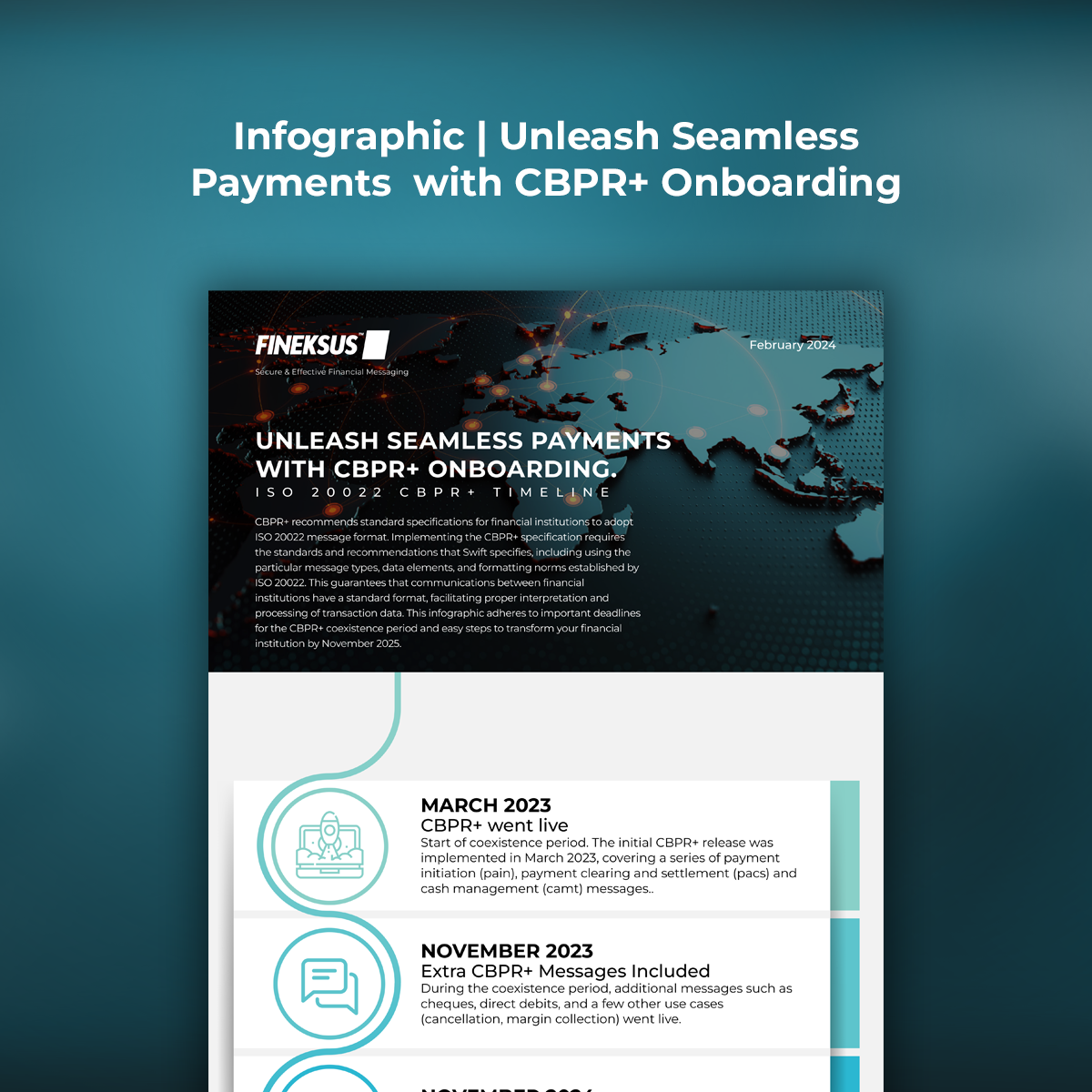
What is the onboarding process for KYC?
The customer onboarding process for the KYC includes greeting your client, ensuring that your customer understands how to use your product, platform, or service, and then continuing to assist them while they use the product/service to ensure that they are pleased and will continue to support your business. Typically, the word is used in Software as a Service (SaaS) firms such as Financial Technology (Fintech).
The customer onboarding process is critical for both your company and your customer. It should not be confused with user onboarding, which is performed primarily for workers and focuses on teaching the user how to use your product or service. The goal of the customer onboarding process is to onboard your customer securely by ID verification and due diligence steps.
Customer Onboarding Process and AML
To preserve the stability of financial systems and to combat financial crimes, regulators with local and worldwide power have been formed. Every year, however, many financial crimes are performed across the world. International money laundering is estimated to account for 5% of global GDP. Every year, an estimation of $1 trillion worldwide bribe is paid. The global cost of corruption is estimated to be $ 2.6 trillion. Terrorist funding also boosts the global number of terrorist acts. As a result, to avoid financial crimes, AML regulators have put specific business duties on the customer onboarding process.
The majority of these financial crimes take place within financial systems. Financial crimes arise as a result of gaps in financial systems and financial institutions’ inability to take certain steps. In addition, financial crimes undermine the economy’s stability. Money laundering is the act of concealing the source of the criminal revenue and presenting it as legal income. Regulators use regulations and legislation to prevent financial crimes. According to regulations, you must first conduct a KYC check on your customers during the onboarding process and then monitor their financial transactions. Compliance will be ensured by companies that fulfill the Know Your Customer (KYC) standard. Financial institutions can be fined if they fail to satisfy their Know Your Clients standards.
What are the KYC and AML Requirements for the Customer Onboarding Process?
Companies must follow KYC rules for the customer onboarding process. Compliance officers complete and carry out the firms’ duties in compliance processes. Customer identification is the most important aspect of KYC. The correctness of client information will then be verified. If the client’s data is not confirmed, additional information about the consumer may be erroneous. In this event, all controls used in AML, KYC, and CDD procedures will be inoperable. Furthermore, the authorities may penalize this blunder in the control process, causing the company’s reputation to suffer.
The firm then begins to research the customer’s background. The prior financial transactions of the customer are the ones to be first evaluated. Any suspicious transactions from the previous period are being scrutinized. If a suspicious transaction has occurred in the customer’s prior transactions, the organization will wish to take measures. These suspicious transactions pose a risk to financial institutions.
Following this step, businesses must conduct a risk assessment process. The risk assessment methodologies used are commonly referred to as Customer Due Diligence procedures. Sanction, PEP, and adverse media screening are all part of the Customer Due Diligence process. The individuals in this data represent high-risk client profiles for businesses. As a result, firms should assess client risks throughout the account establishing process and implement appropriate procedures.

